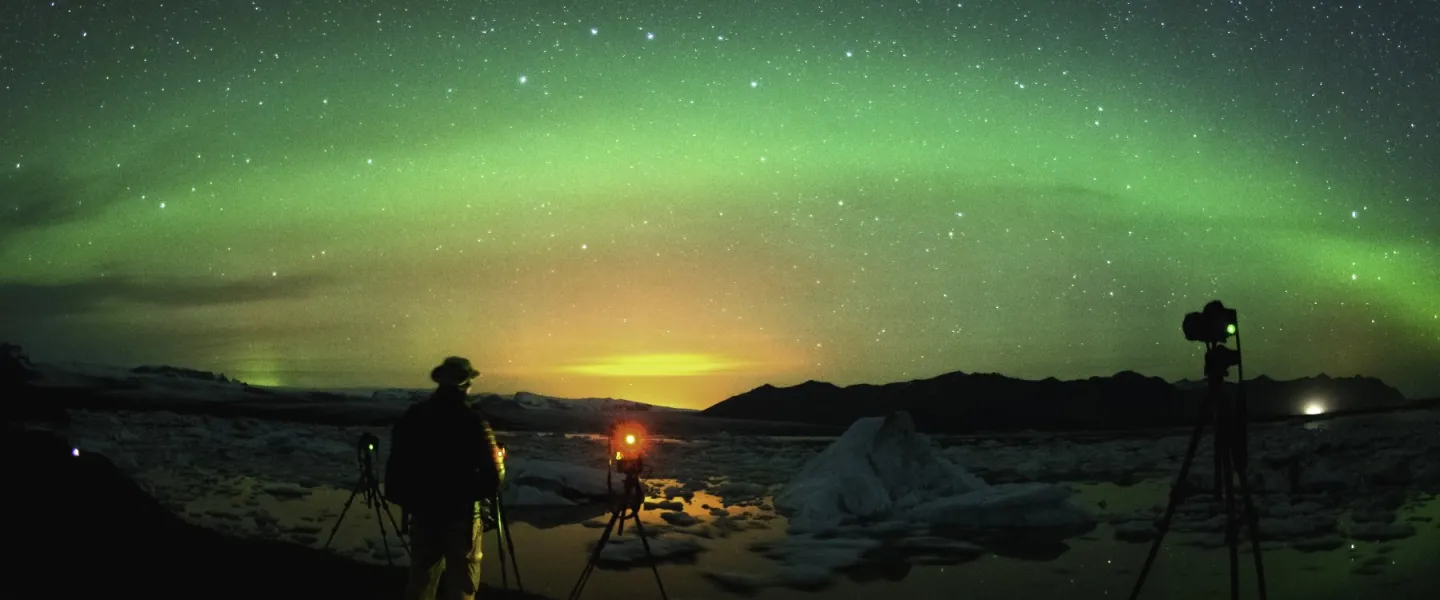
The interaction of art and science on the one hand, and darkness and tourism on the other played a major role in the conference on the dynamics of darkness in the North was held at the University of Iceland 26 to 28 February. This was a scientific and artistic multidisciplinary international event held in connection with the International Year of Light.
This event is co-organized by the Department of Geography and Tourism at the University of Iceland, the International Laboratory for the Multidisciplinary Study of Representations of the North at the Université du Québec à Montreal, and the Iceland Academy of the Arts, in cooperation with the Nordic House in Reykjavík, the Embassy of Canada in Iceland and the Centre de recherche interuniversitaire sur la littérature et la culture québécoises.
“The conference is inspired from an interest in the interplay of light and darkness and its effect on communities and culture in the North,” says Gunnar Þór Jóhannesson, Associate Professor in Tourism at the Faculty of Life- and Environmental Sciences, and one of the organisers. “We found it important to attract people who are working on this issue from different angles to create an interdisciplinary dialogue. It has come to light that darkness appears in many different ways, and has potentially more dynamism than we realised. The International Year of Light was the push we needed for action.”
The programme was both impressive and interesting. “The three keynote speakers were Dr. Tim Edensor, Reader at the School of Science and the Environment, Manchester Metropolitan University, Tiffany Ayalik, a Canadian artist, and Haraldur Jónsson, visual artist and sessional teacher at the Iceland Academy of the Arts, crystallising the interdisciplinary factor of the conference,” says Jóhannesson.
The aim of this scientific and artistic, multidisciplinary international conference was to bring together different perspectives and to create conversations between different groups of audiences, ranging from students and academics to artists and the general public. “The subjects included light pollution in Reykjavík, gendered discourse of Northern Lights tourism, and the interplay between light and dark for human health, to name a few. A few short films were shown that shed light on the life of those living in the Arctic with the extremes of darkness and light.
Further information on the programme can be found on the web.